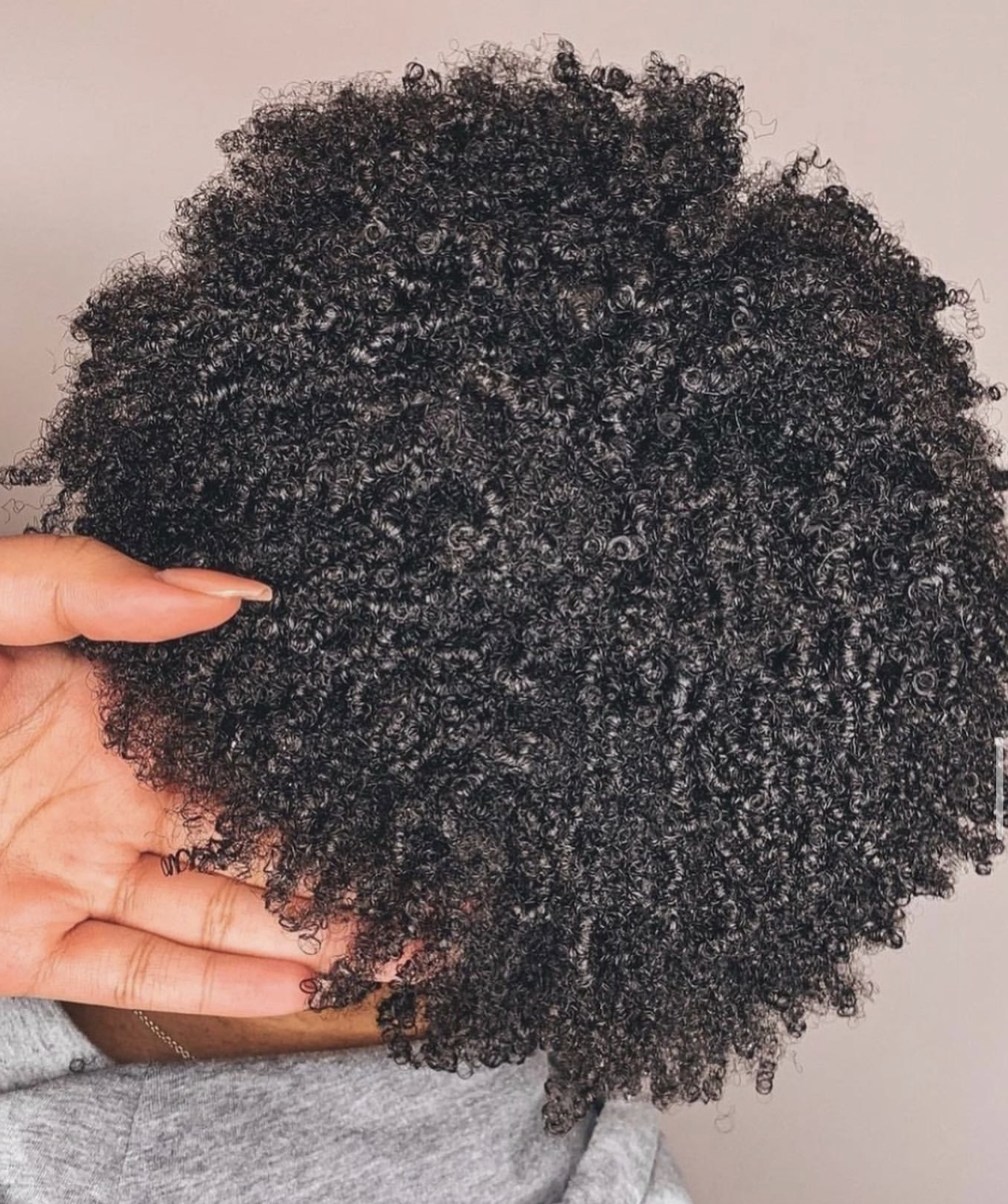
6 Moisture Retention Tips for Textured Hair this Winter

-
Start hydrating internally. Our hair needs water, hair thrives on it and drinking 6-8 glasses of water each day can help to keep our hair nourished and moisturised. Kinky hair is more naturally prone to dryness compared to other hair types and needs additional water.
-
Deep conditioning your natural hair helps to improve your hair’s moisture and can also reduce severe breakage and damage, especially ones that contain a balance between protein (strengthener and moisture, like our Coconut Cream Deep Conditioning Hair Mask.
Proteins help temporarily repair damage to the hair shaft and frequent use helps strengthen the hair over time. This helps lower your chance of breakage. Deep conditioning can also promote elasticity, restore the pH balance and provide shine. All the things we love! -
A pre-poo treatment works wonders on the hair, this is a treatment applied to the hair and scalp before the shampoo with benefits such as softening the hair and restoring moisture. It has become a popular method with oils such as olive oil, coconut oil, or DIY blends.
-
Start trimming those pesky split ends. The ends of our hair are the oldest and most experienced parts of our hair. They have been through some things! All of this ‘experience’ means they’re less robust and more prone to damage. Cut this damage off sooner rather than later. Keeping your ends off winter’s friction-inducing knit-wear helps lower the chance of split ends. Speaking of which…
-
Protective styles are great for protecting your hair during the colder seasons. However, if you neglect taking care of your scalp and neglect regular washing, it can become counter-intuitive and leave your hair more vulnerable. Cleansing and moisturising your hair whilst in a protective style will help to prevent dry hair and retain lots of moisture. Loc-It-In Moisture spray is a great product to moisturise and soothe the scalp as well as the hair.
-
Whilst it is not necessary nor advisable to oil your scalp, some people swear by it and experience no adverse effects. If that is you, try adding a little plant-based oil, or try a blend like Hair Too Balm Whipped Hair Butter. Remember this should not be done every day. Oil on its own is not a moisturiser!
Quick links
Search
Terms of Service
Privacy Policy
Refund Policy
Shipping Policy
Contact
FAQs
Find Us
Ingredient Dictionary
Company Number: 12514187 | VAT Number: 383 5788 45 | EORI: GB07679964100
hello@bbnaturalsuk.com
Registered Address: Suite 2A Blackthorne House, St. Pauls Square, Birmingham B3 1RL UK

Leave a comment: